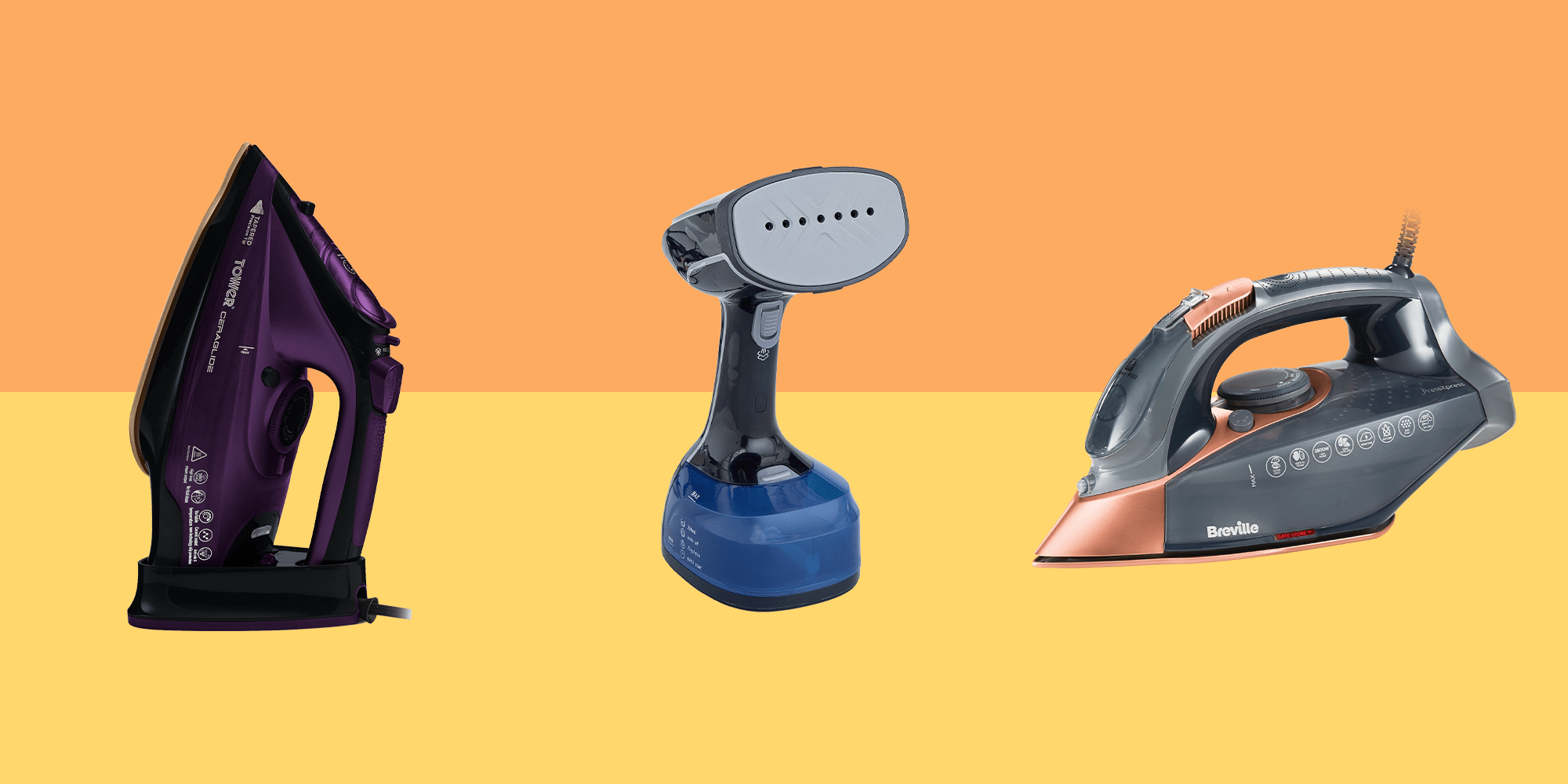

Articles
Which Is Better Iron Or Steamer
Modified: August 16, 2024
Discover the pros and cons of using an iron and a steamer for articles. Find out which one is better suited for your needs and clothing care.
(Many of the links in this article redirect to a specific reviewed product. Your purchase of these products through affiliate links helps to generate commission for Storables.com, at no extra cost. Learn more)
Introduction
When it comes to keeping our clothes wrinkle-free and looking sharp, we often rely on two main options: the traditional iron and the modern garment steamer. Both tools have their own unique features and benefits, but which one is better? In this article, we will delve into the world of ironing versus steaming and compare their pros and cons. By understanding the differences and considering your specific needs, you can make an informed decision about whether an iron or steamer is the right choice for you.
Ironing has been a long-standing method of removing wrinkles and creases from clothing for centuries. With its flat soleplate and ability to deliver high heat, irons have become a staple in every household. On the other hand, steamers have gained popularity in recent years due to their ease of use and ability to quickly refresh garments without the need for an ironing board.
As we explore the pros and cons of each tool, it is important to note that the decision between an iron and steamer ultimately depends on personal preference and individual needs. While some may prefer the precise control of an iron, others may find the convenience and gentle approach of a steamer more suitable.
In the following sections, we will delve into a detailed comparison of iron and steamer, discussing their individual advantages and disadvantages. We will also assess their performance and highlight key considerations to help you make the right choice for your clothing needs.
Key Takeaways:
- Irons are ideal for heavy fabrics and precise control, while steamers excel in gentle handling of delicate fabrics and quick de-wrinkling. Consider your fabric types and ironing volume to make the best choice.
- Personal preference and specific garment care needs determine whether an iron or steamer is the better choice. Consider factors such as control, storage, and budget to make an informed decision.
Read more: Which Is Better Dewalt Or Ryobi
Comparison of Iron and Steamer
When comparing an iron and a steamer, it’s important to understand their fundamental differences and how they approach the task of removing wrinkles from clothes. Here is a breakdown of the key factors to consider:
Heat vs. Steam: The most significant distinction between an iron and a steamer lies in the way they apply heat or steam to eliminate wrinkles. Irons utilize a heated soleplate that makes direct contact with the fabric, allowing the heat to penetrate and smoothen out the wrinkles. On the other hand, steamers use hot steam that is emitted through a nozzle or wand. The steam relaxes the fibers of the fabric, causing the wrinkles to loosen and eventually disappear.
Control and Precision: Irons provide precise control over the ironing process. With a variety of temperature settings and steam options, you can adjust the iron to suit different fabrics and achieve a crisp finish. Irons also offer features like pointed tips and steam bursts for targeting specific areas of clothing. Steamers, on the other hand, may lack the precision of an iron. While they are excellent for refreshing and quickly de-wrinkling garments, they may not be as effective for achieving sharp creases or pressing heavy fabrics.
Suitability for Different Fabrics: When it comes to fabrics, both irons and steamers have their advantages. Irons are ideal for heavy fabrics, such as denim or cotton, as their high heat and weight can effectively flatten stubborn creases. They are also great for creating sharp pleats and crisp edges. On the other hand, steamers are gentle on delicate fabrics, such as silk or chiffon, as they do not require direct contact with the fabric. The steam is less likely to damage or leave shiny marks on delicate materials.
Ease of Use: Irons have a relatively straightforward operation, but require an ironing board or flat surface for optimal use. They also involve more physical effort, as you need to move the iron continuously over the fabric to remove wrinkles. Steamers, on the other hand, offer more flexibility and convenience. They can be used on a hanger or even vertically, making them suitable for curtains or upholstery. Steamers are also easier to handle for larger items and can save time when steaming multiple garments.
Storage and Portability: Irons are typically bulkier and require more storage space. With their cords and heavy soleplates, they can be challenging to store neatly. Steamers, on the other hand, are generally compact and lightweight, making them easier to store in small spaces or pack for travel. Portable steamers are becoming increasingly popular for on-the-go touch-ups and maintaining wrinkle-free clothing while traveling.
Price Range: The cost of irons and steamers can vary significantly depending on their features and quality. Basic irons are generally more affordable, with prices starting as low as $20. Steamers, on the other hand, tend to be slightly more expensive, with entry-level models starting around $40. Prices can go up significantly for advanced irons or professional-grade steamers.
Considering these factors can help you determine which tool is better suited to meet your specific needs. In the next sections, we will dive deeper into the pros and cons of both irons and steamers to provide a more comprehensive understanding of their individual capabilities.
Pros and Cons of Iron
Like any tool, irons come with their own set of advantages and disadvantages. Understanding these can help you decide if an iron is the right choice for your garment care routine. Here are some pros and cons of using an iron:
Pros:
- Excellent for creating crisp and sharp creases in clothing
- Ability to remove stubborn wrinkles, particularly from heavier fabrics
- Wide range of temperature settings and steam options for different fabrics
- Precise control over ironing process, allowing for targeted steam bursts or spray settings
- Gives a polished and professional finish to pressed clothing
- Can handle larger volumes of ironing with an ironing board
- Generally more affordable compared to steamers, with a wide range of options available in the market
- Traditional and familiar method of wrinkle removal, passed down through generations
Cons:
- Requires an ironing board or flat surface for optimal use
- Can be time-consuming, as it involves moving the iron continuously over the fabric
- High heat and direct contact with fabric increase the risk of scorching or burning delicate materials
- Ironing certain delicate fabrics, such as silk or chiffon, can be challenging
- Bulkier and require more storage space compared to steamers
- May leave shiny marks or flattening of nap on textured fabrics
- Not as effective for quickly de-wrinkling or refreshing garments compared to steamers
By weighing the pros and cons of using an iron, you can gauge whether it aligns with your preferred ironing style and clothing care needs. If convenience, gentle handling of delicate fabrics, and quick de-wrinkling are priorities, you may find a steamer to be a better option.
Pros and Cons of Steamer
Steamers have gained popularity in recent years due to their convenience and ease of use. They offer a different approach to wrinkle removal compared to traditional irons. Here are some of the pros and cons of using a steamer:
Pros:
- Gentle on delicate fabrics, making them ideal for silk, chiffon, and other sensitive materials
- Does not require direct contact with fabric, reducing the risk of scorching or burning
- Quick and efficient for de-wrinkling clothing, especially lightweight and loose fabrics
- Can be used on hanging garments, eliminating the need for an ironing board
- Versatile and effective for refreshing curtains, upholstery, and other fabric items
- Portable models available for travel and on-the-go touch-ups
- Less likely to leave shiny marks or flatten the texture of textured fabrics
- Easy to store, as they are generally compact and lightweight
Cons:
- Less control and precision compared to irons, making it challenging to achieve crisp creases
- Not as effective for removing stubborn wrinkles, especially from heavy and thick fabrics
- May not provide a polished and pressed appearance on clothing
- Limited steam capacity compared to larger steamers, requiring frequent refilling for extended use
- Lack of temperature settings may make it unsuitable for certain fabrics that require specific heat levels
- Some models can produce water droplets or spitting steam, which can wet the fabric
- Higher price range compared to basic irons
Considering these pros and cons of using a steamer can help you determine if it aligns with your garment care needs. Steamers are best suited for quick de-wrinkling, gentle handling of delicate fabrics, and convenience. However, if precise control and sharp creasing are important to you, an iron may be the better choice.
When deciding between an iron and a steamer, consider the type of fabric you will be working with. Irons are better for crisp, structured fabrics like cotton, while steamers are better for delicate fabrics like silk and wool.
Performance of Iron vs. Steamer
The performance of an iron and a steamer can vary depending on the specific task at hand and the type of fabric being treated. Understanding their capabilities will help you determine which tool is better suited for your garment care needs. Here is a closer look at the performance of irons and steamers:
Iron:
Irons are known for their ability to deliver high heat and create crisp, sharp creases in clothing. They are particularly effective for heavy fabrics such as denim or cotton that require intense heat to remove stubborn wrinkles. With a variety of temperature settings and steam options, irons provide precise control over the ironing process, allowing for targeted steam bursts or spray settings. This makes them ideal for creating polished and professional finishes on pressed clothes. Irons are also equipped with features like pointed tips that enable users to iron specific areas with precision.
Steamer:
Steamers excel in quickly de-wrinkling garments, especially lightweight and loose fabrics. They use hot steam to relax the fibers of the fabric, causing wrinkles to loosen and disappear. Steamers are gentle on delicate fabrics such as silk or chiffon, as they do not require direct contact with the fabric. This reduces the risk of scorching or burning. They are versatile and can be used on hanging garments, eliminating the need for an ironing board. Steamers are also effective for refreshing curtains, upholstery, and other fabric items. Portable steamers are available for travel and on-the-go touch-ups.
While irons offer precise control and the ability to create sharp creases, steamers prioritize convenience and ease of use. Steamers are perfect for quick touch-ups and de-wrinkling, making them an excellent choice for busy individuals or travelers. They also handle delicate fabrics with care, ensuring that garments are not damaged or marred.
It’s important to note that the performance of both tools can be enhanced or diminished by factors such as the quality of the tool, the fabric being treated, and the user’s technique. Experimenting with different settings, steam levels, and techniques will help you achieve the best results with either an iron or a steamer.
In the next section, we will discuss some key considerations to keep in mind before choosing between an iron and a steamer.
Read more: Which Is Better: Projector Or TV
Considerations before Choosing Iron or Steamer
Before deciding between an iron and a steamer, it’s important to consider your individual needs, preferences, and the specific garments you will be treating. Here are some key factors to consider before making your choice:
Types of Fabrics: Consider the types of fabrics you primarily work with. If you frequently handle heavy and thick fabrics like denim or cotton, an iron may be more suitable for its ability to apply intense heat and create sharp creases. On the other hand, if you mostly work with delicate fabrics such as silk, chiffon, or synthetic materials, a steamer’s gentle approach may be preferable to avoid the risk of scorching or burning.
Level of Control: Think about how much control and precision you require when caring for your clothing. If you value precise control over the ironing process, with options for steam bursts, different temperature settings, and targeted ironing, an iron would be a better choice. However, if you prefer the simplicity of a steamer and prioritize quick and convenient de-wrinkling without the need for an ironing board, a steamer may be more suitable.
Amount of Ironing: Consider the volume of ironing you typically face. If you have a large volume of clothing to iron regularly, an iron paired with an ironing board might be more efficient. Irons are better equipped for long ironing sessions and can handle larger quantities of clothing at once. However, if you primarily need to refresh individual garments, handle smaller touch-ups, or have limited storage space, a steamer’s portability and quick operation may be more appealing.
Storage and Portability: Evaluate your storage space and portability requirements. Irons generally take up more space and require an ironing board or a flat surface for optimal use. They also tend to be bulkier and can be more challenging to store neatly. On the other hand, steamers are typically more compact, lightweight, and easier to store. If you have limited space or frequently travel and require a wrinkle-free wardrobe on-the-go, a steamer may be a better fit.
Budget: Consider your budget when weighing the options. Basic irons are generally more affordable, with a wide range of options available in the market. Steamers, on the other hand, tend to be slightly more expensive. Prices can vary depending on the model and features, with advanced irons or professional-grade steamers being the higher end of the spectrum. Determine your budget and prioritize the features that align with your needs.
Personal Preference: Ultimately, personal preference plays a significant role. Some individuals enjoy the traditional method of ironing, finding satisfaction in creating crisp creases and achieving a polished look. Others prefer the convenience and versatility of steamers and appreciate the gentle handling of delicate fabrics. Consider your own preferences and what method brings you the most satisfaction and ease.
By considering these factors, you can narrow down your choices and make an informed decision on whether an iron or a steamer is the right tool for your garment care routine.
Conclusion
Choosing between an iron and a steamer ultimately depends on your individual needs and preferences when it comes to caring for your clothing. Both tools have their own strengths and weaknesses, and understanding these can help you make the best decision for your garment care routine.
If you prioritize precise control, sharp creases, and the ability to handle heavy fabrics, an iron may be the better choice for you. Irons offer a wide range of temperature settings, steam options, and targeted features that allow for a polished and professional finish. They excel in creating crisp creases and are ideal for heavy or structured fabrics like denim or cotton.
On the other hand, if convenience, gentle handling of delicate fabrics, and quick de-wrinkling are your top priorities, a steamer may be more suitable. Steamers are efficient for lightweight and loose fabrics, and they offer ease of use, portability, and versatility. They eliminate the need for an ironing board and are gentle on delicate materials like silk or chiffon.
Before making your decision, consider factors such as the types of fabrics you frequently work with, the level of control you desire, the volume of ironing you typically face, storage and portability needs, and your budget. These considerations will help you determine the tool that aligns with your specific requirements and preferences.
Ultimately, there is no definitive answer as to which tool is better, as it comes down to personal choice and the specific needs of your garment care routine. Some individuals may prefer the traditional method and precision of ironing, while others may find the convenience and versatility of steamers more appealing.
Regardless of your choice, both an iron and a steamer can help you achieve wrinkle-free clothing and maintain a polished appearance. Experimenting with different techniques and settings will allow you to maximize the performance of your chosen tool and achieve the desired results.
Remember, the goal is to keep your clothes looking sharp and presentable, no matter which tool you choose. So go ahead, make your decision, and enjoy the satisfaction of well-cared-for garments!
Frequently Asked Questions about Which Is Better Iron Or Steamer
Was this page helpful?
At Storables.com, we guarantee accurate and reliable information. Our content, validated by Expert Board Contributors, is crafted following stringent Editorial Policies. We're committed to providing you with well-researched, expert-backed insights for all your informational needs.
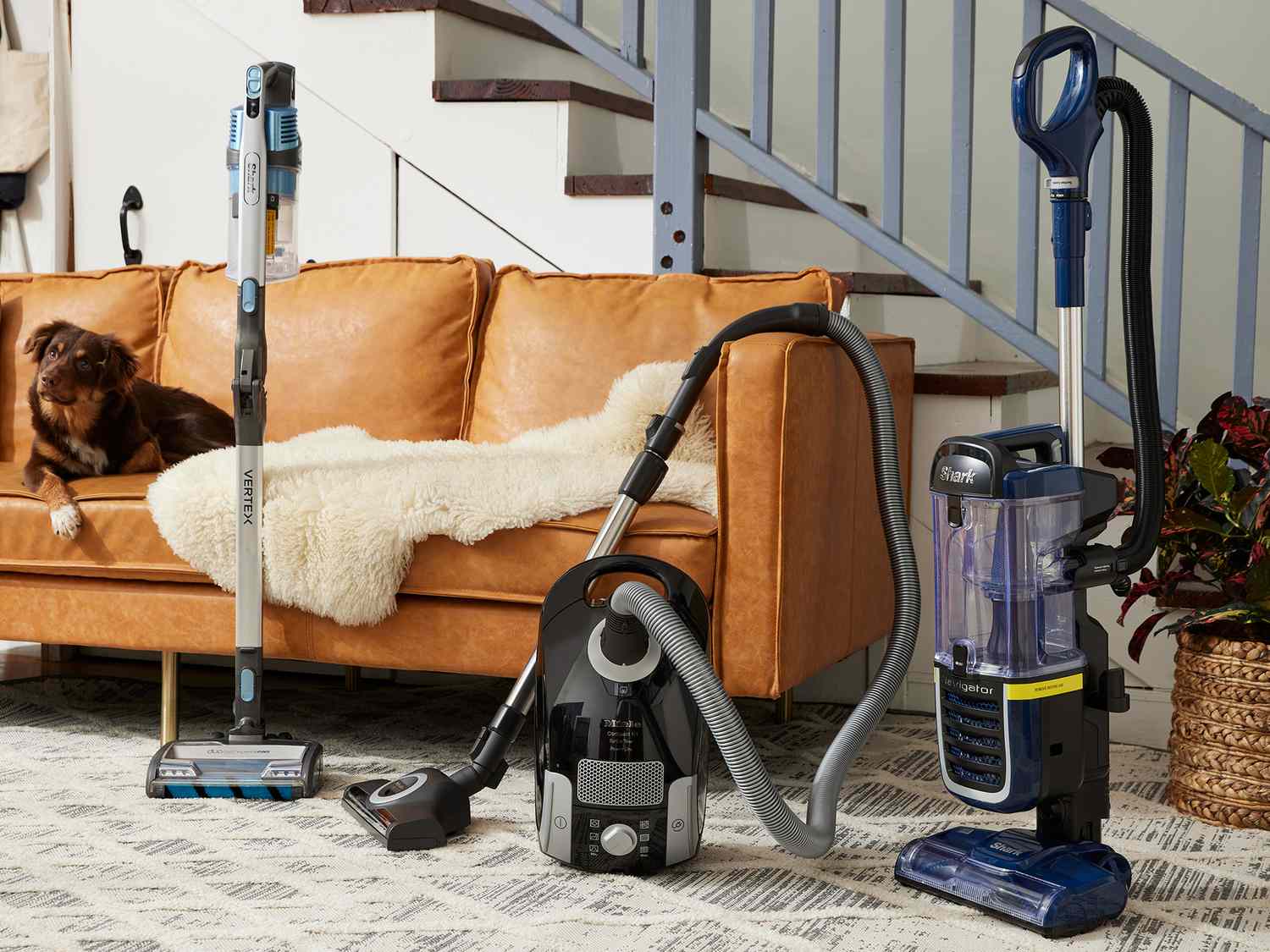
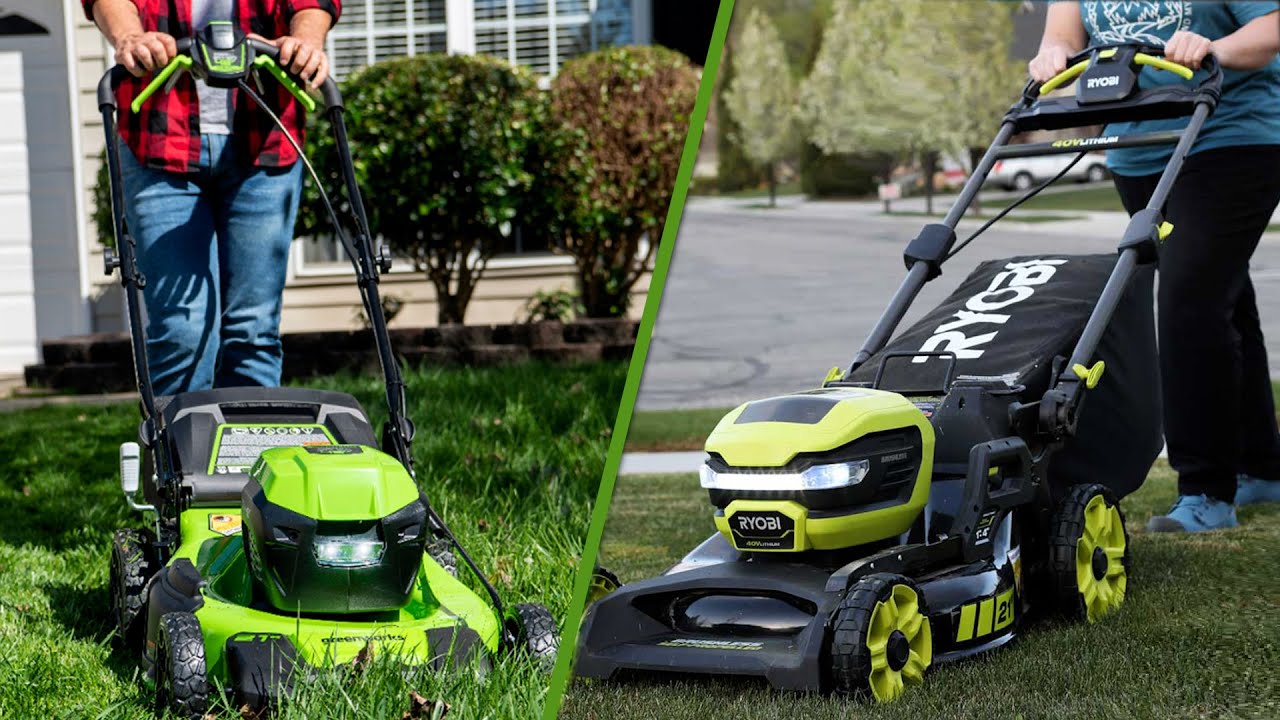
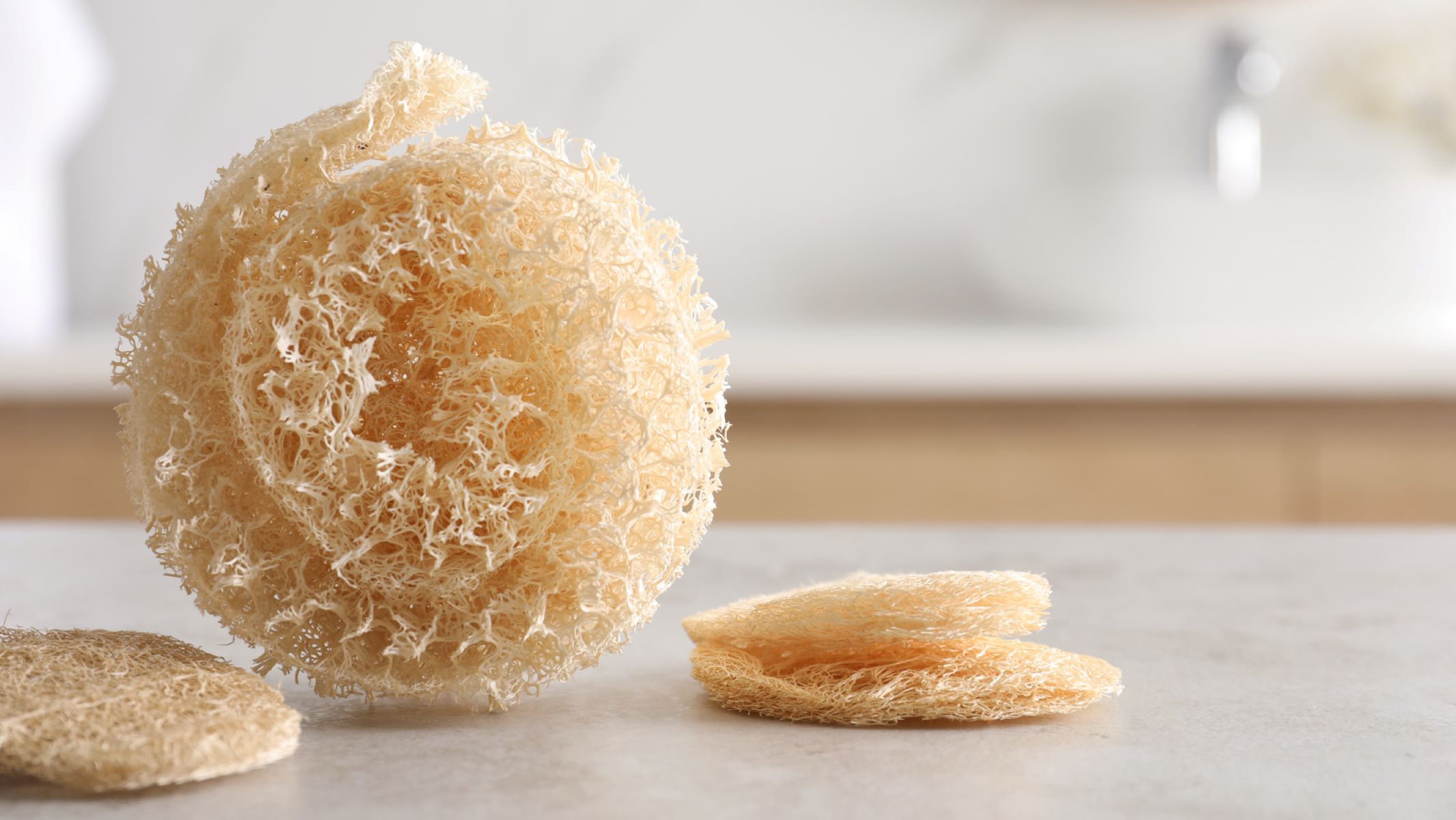
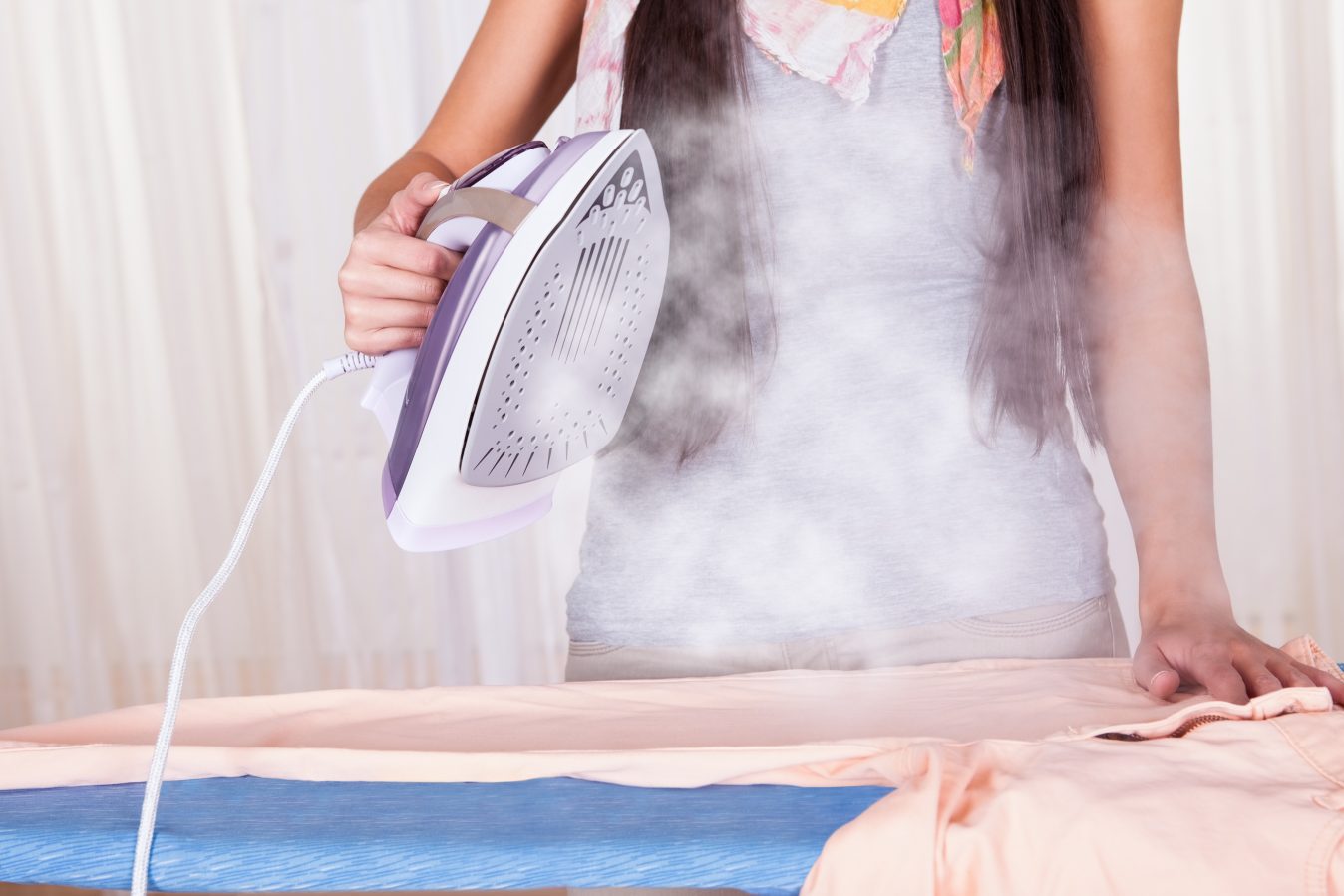
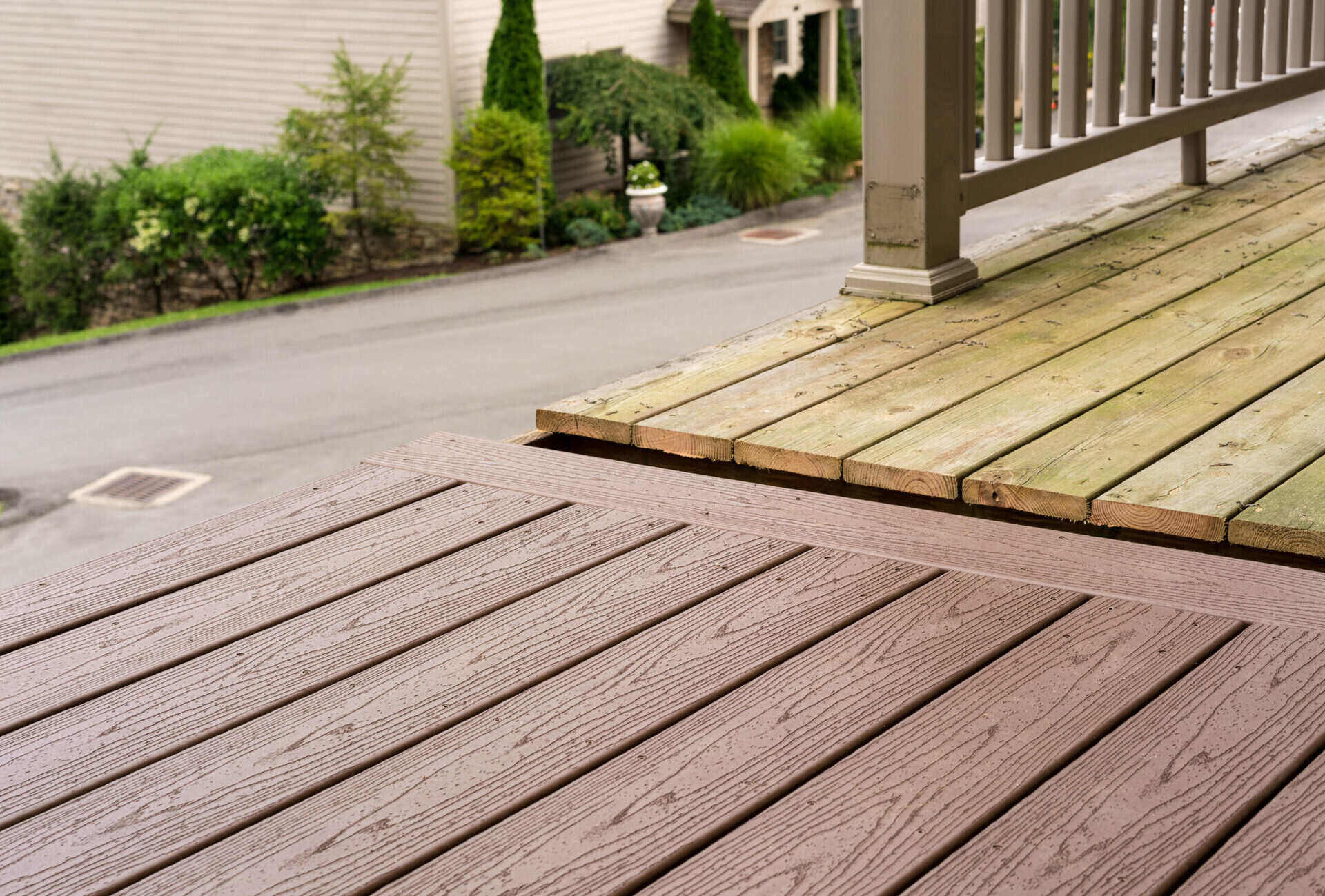
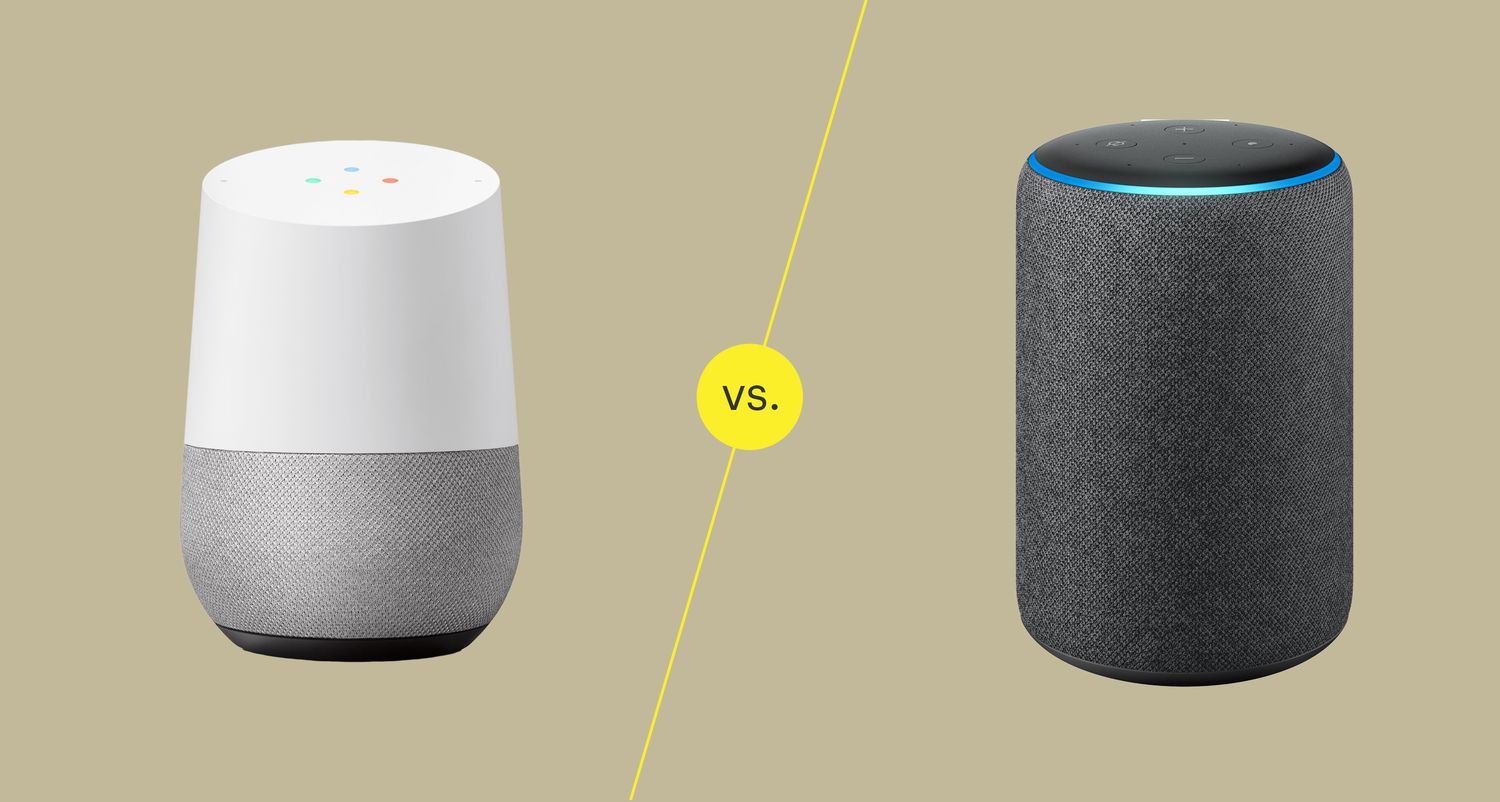
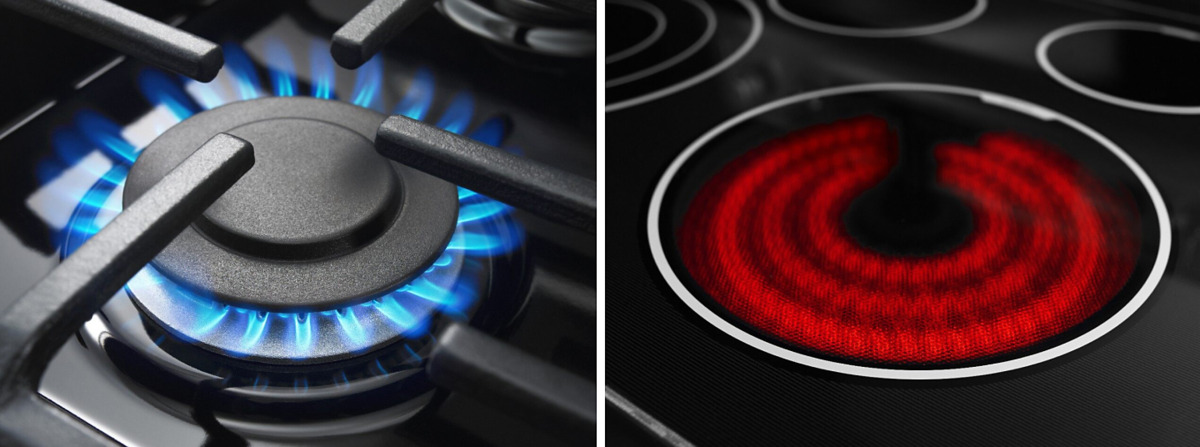
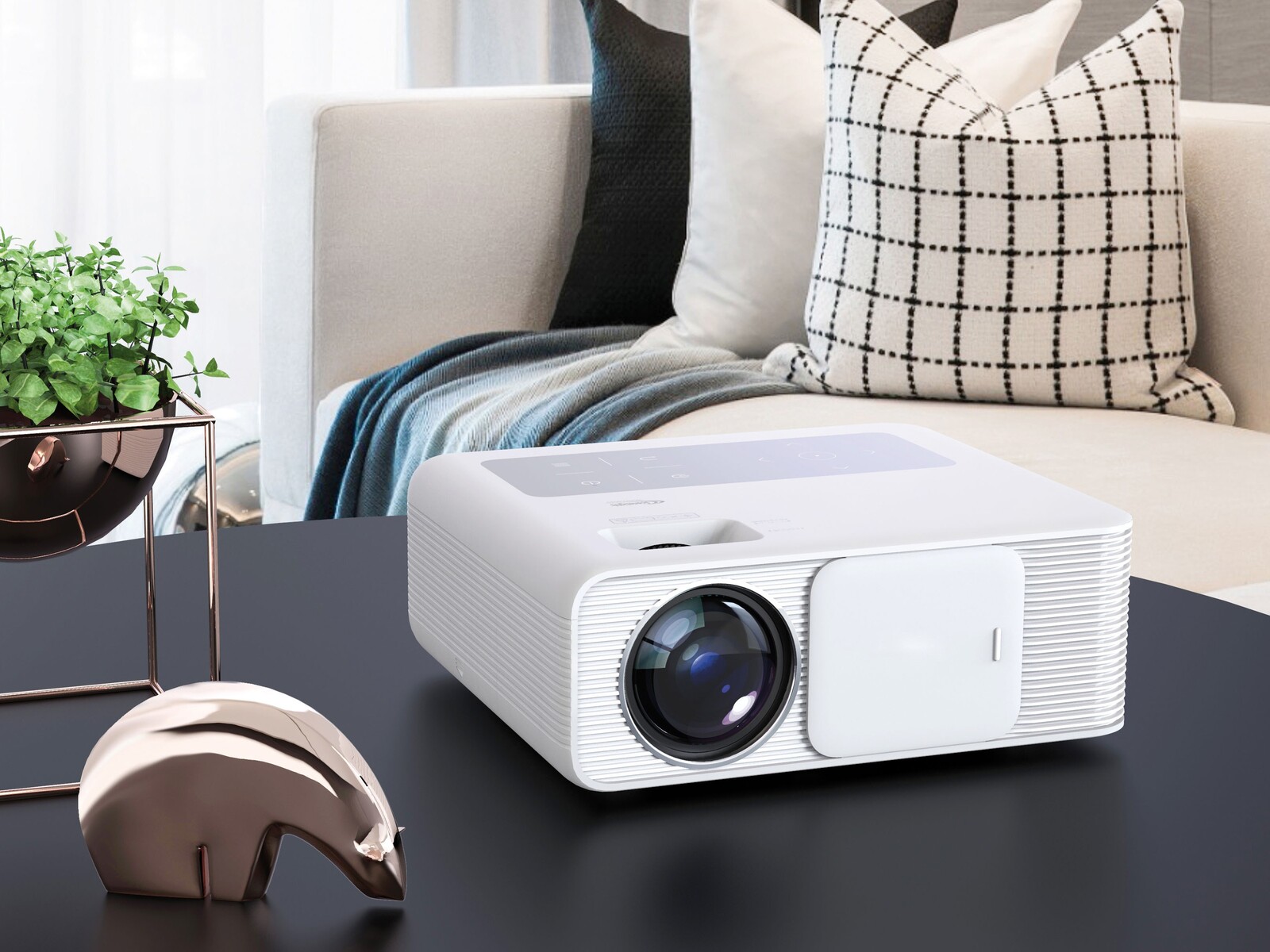


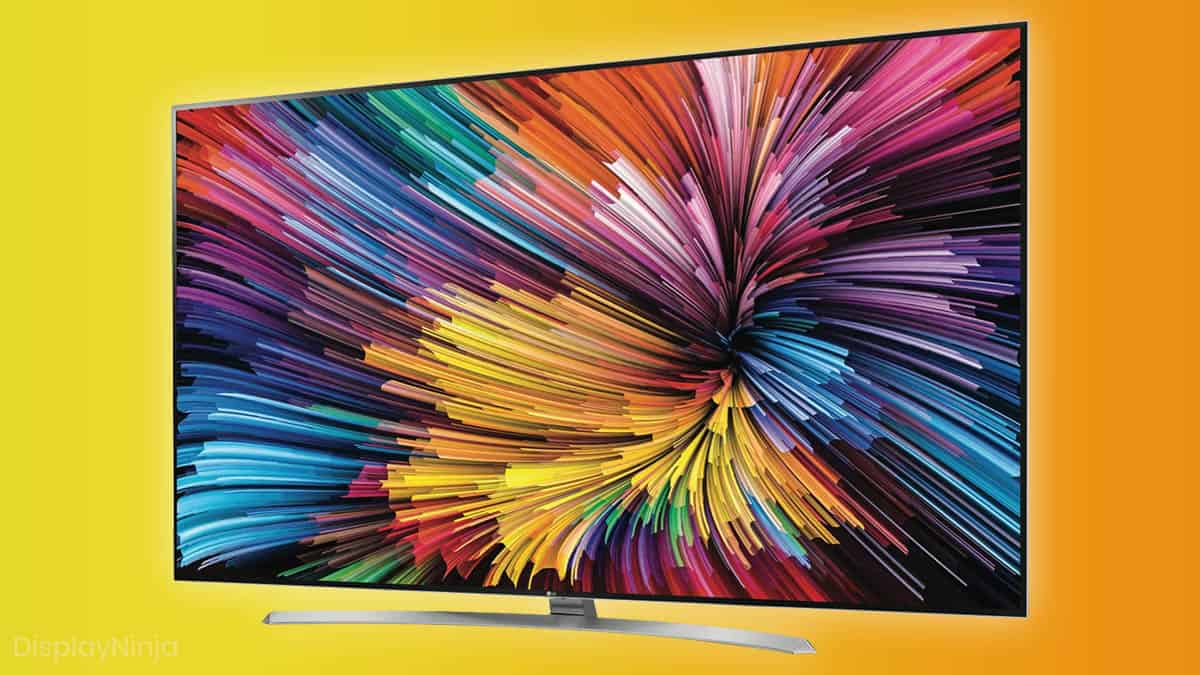

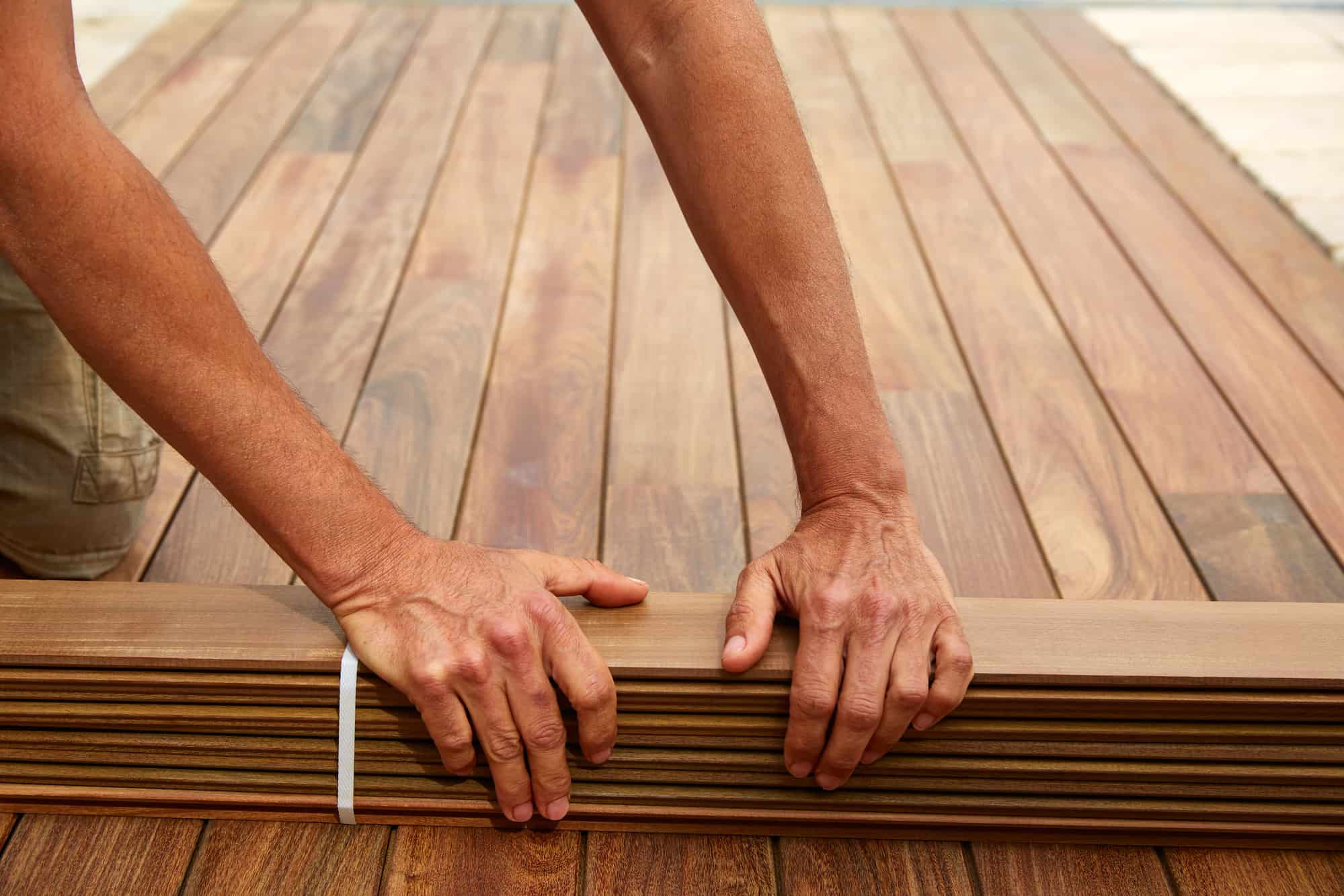
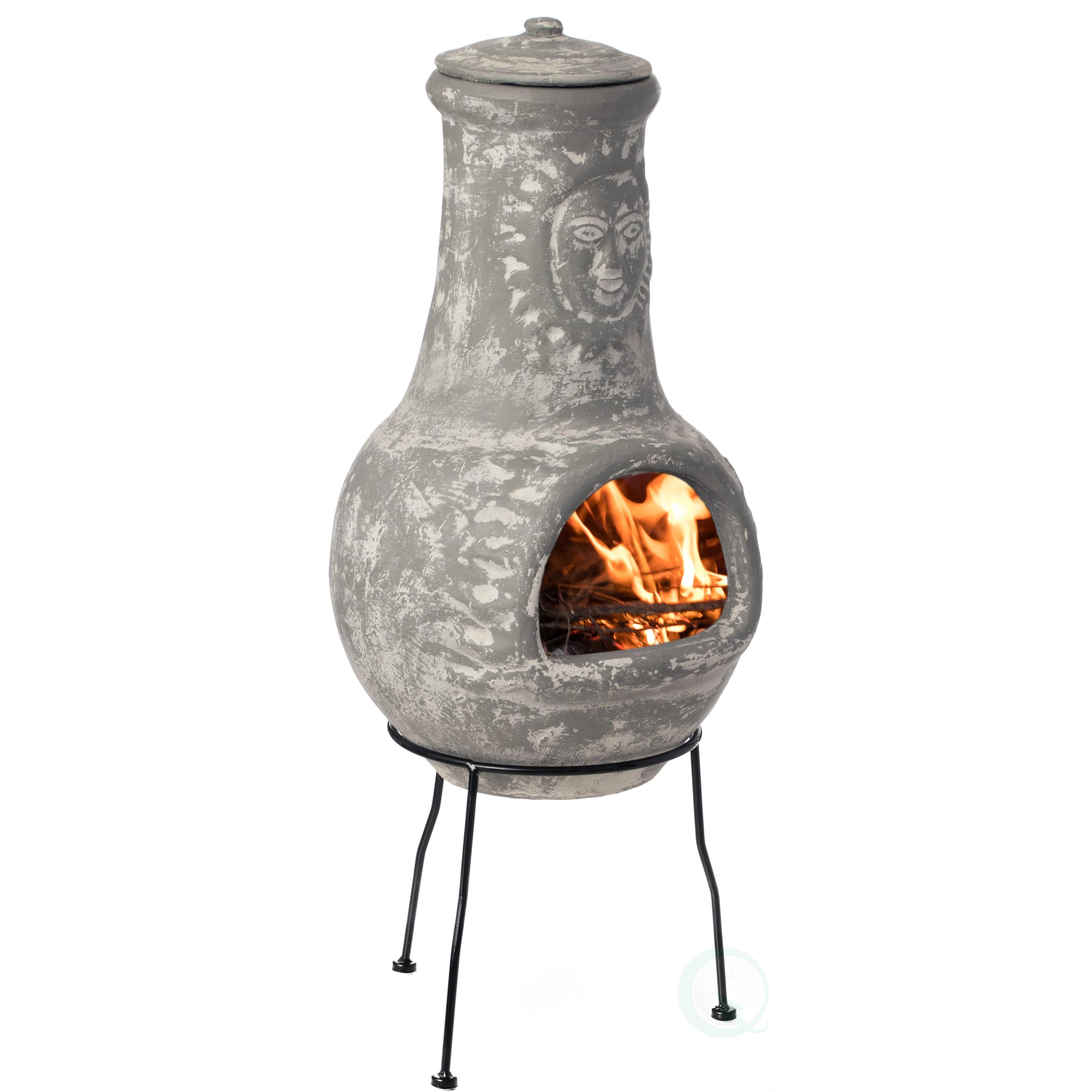

0 thoughts on “Which Is Better Iron Or Steamer”